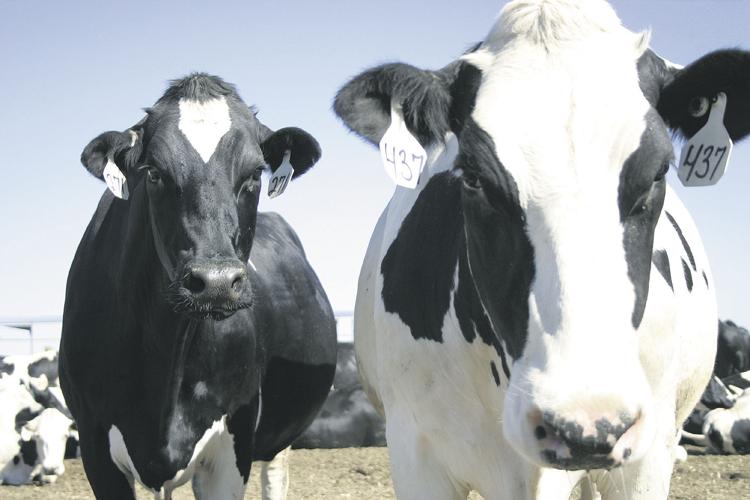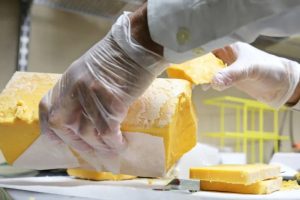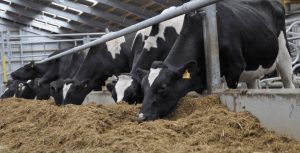
U.S. milk production in May was below year-ago levels for the second consecutive month, and cow numbers declined 91,000 year over year.
While production per cow continues to best year-ago production, cow numbers have fallen by 29,000 since January, according to USDA National Agricultural Statistics Service.
The latest cold storage report is also positive for milk prices. U.S. butter stocks and stocks of American-style cheese are both down 2.6% year over year, and total cheese stocks are down about 0.5%.
“So that’s good news. The stocks situation is a lot better,” Bob Cropp, a dairy economist at the University of Wisconsin, said in the latest Dairy Situation and Outlook podcast on Tuesday.
Milk prices should close the year a lot stronger. Class III milk prices look like they’ll be over $17 per hundredweight for July, about $3.50 higher than they were in January and February, he said.
There’s been some hot weather in different parts of the country that will affect milk production, and markets are moving into holiday demand that should boost cheese prices. He’s forecasting Class III will reach $18 in the last quarter of the year, he said.
To get there, cheese prices — currently at about $1.79 a pound for blocks — will have to get to $1.90, he said.
“I think that’s possible,” he said.
Mark Stephenson, a fellow dairy economist at the university, agreed.
“I don’t think we’ll sustain it for the whole quarter, but pretty close,” he said.
Looking ahead to next year, milk prices should average 50 cents to $1 higher than this year, mainly because they were so low at the start of 2019, Cropp said.
Prices will probably drop in the first quarter after the holidays, maybe to the high $16s, then stay in the $17s the rest of the year, he said.
Stephenson is more optimistic, saying he thinks prices will be even higher.
“We’re not carrying a lot of excessive stock — not here, not in the rest of the world. We’ve got demand that I think is going to be good to stable,” he said.
A downturn in the general economy could change his forecast, he said.
“But I think that milk supply is going to have a hard time recovering,” he said.
Producers are going to want to respond to higher prices, but they can’t afford big capital expenditures right now. And there are a lot fewer heifers in the pipeline, he said.
“We can’t respond like we have before by throwing a lot of heifers at our herd. I think we’re going to have some milk prices up there nudging $20,” he said.
It’s possible, Cropp said, adding they both agree it’s going to be a better year.
In addition to restoring balance sheets on dairies and fewer heifers, forage quality and supply of good-quality hay in some regions is going to be an issue.
Feed prices are going to be higher and affect production, supporting higher prices, he said.
























